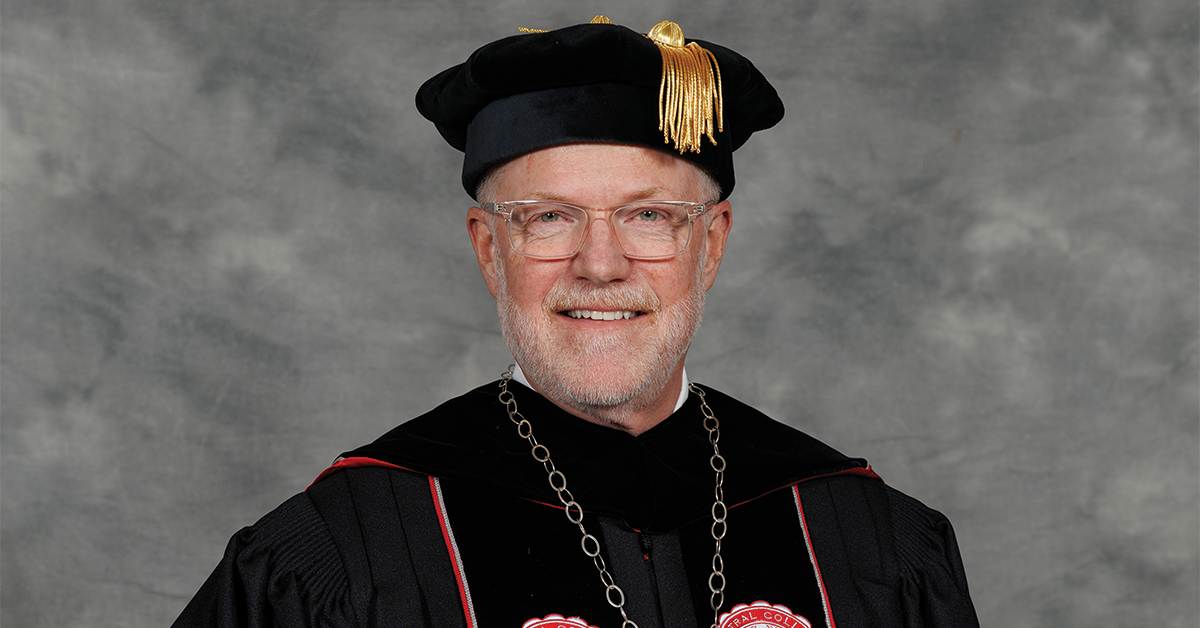
For those who have enjoyed long careers in higher education, there are a few seminal works offered by noted authors who shaped our thinking over decades. Among these was Alexander (Sandy) Astin. He was a prolific researcher, writer and educator, who notably served as the founding director of the Higher Education Research Institute at UCLA, among other prestigious research appointments. His portfolio of work was immense. The book that had the most important influence on me as a young administrator was “Four Critical Years: Effects of College on Beliefs, Attitudes and Knowledge.”
The college years for traditional-aged students come at a key moment in the stages of human development. Those 18- to 22-year-olds reach a point where the cognitive and affective aspects of personal development explode as the transition from late adolescence to young adulthood unfolds. Though the practices of postsecondary education have evolved over the centuries, the overall experience of facilitating a process of self-discovery and maturity remains the bedrock of learning.
In this context, everything belongs. Though the classroom, studio and lab are the most common venues in education, learning abounds in many other spaces like residence halls, coffee shops, lounges, courts and fields of competition and concert halls. The list of learning spaces also has moved to the virtual world with online access to information and collaboration. The list seems endless and for good reason — learning knows no boundaries.
The task for those of us who seek to facilitate this process is to understand the learner. The spaces and processes are important, but secondary to understanding how learning occurs. For educators, the most fundamental question is, “Who is the learner and what does the learner need to learn?” Everything else flows from this.
We witness too often today a more transactional approach to learning. It’s a reductionistic view that emphasizes task completion following a checklist. It is the pursuit of credentials with the least amount of effort possible and with the least cost. The disappointment expressed by employers about the readiness of the workforce they are receiving is not about the basic entry-level technical competencies, it’s about the capacity for these new hires to advance. Attrition rates are high; life and personal skills are low.
Central College stands in contrast to this broader pattern. Employers who receive our graduates tell us consistently our alumni are different. To be sure, our graduates are technically competent and have the essential entry-level skills. But more importantly, they are people who think beyond the assigned task to the downstream impacts of their work and the connections that exist to other aspects of the organization. They contribute to the success of others. They recognize patterns.
Astin taught us the developmental dimensions of the college experience are foundational to learning and professional promise. What students believe about themselves, others and the world matters. The attitudes they develop influence the kind of student they will be, but also the kind of employee, manager and leader they will become through time. This is why these four critical years really matter. Our shared task is to sustain an experience in which everything belongs to learning.












To encourage serious, intellectual discourse on Civitas, please include your first and last name when commenting. Anonymous comments will be removed.
Annette Melvold Sohl (Ann)
|
9:30 am on November 23, 2023
I have read 4 Critical Years several times because it is a powerful message.I believe that what Mark Putnam thought and wrote in Civitas is more than a story. What he wrote is a triumph.